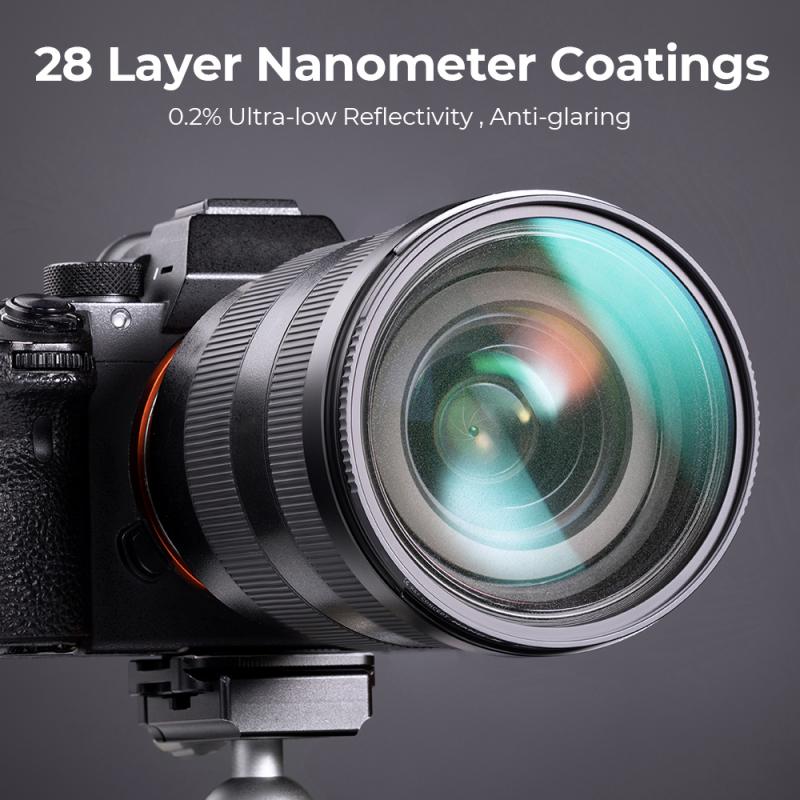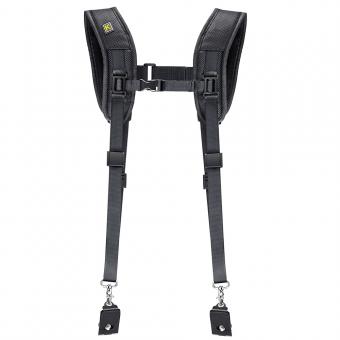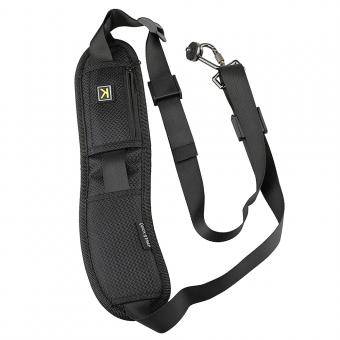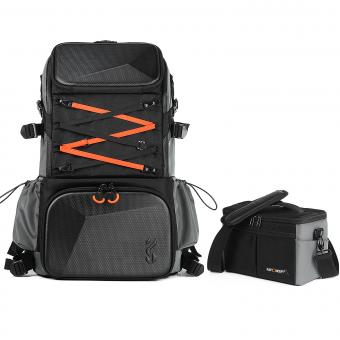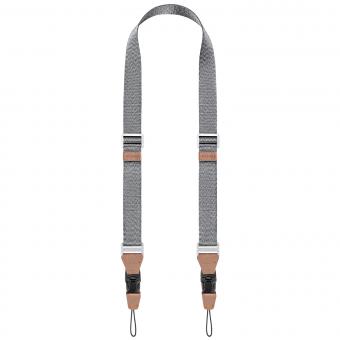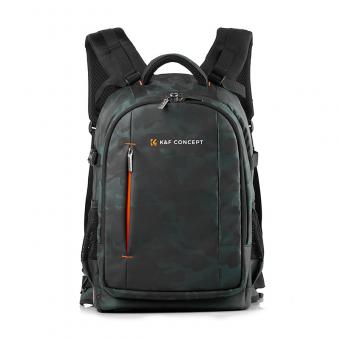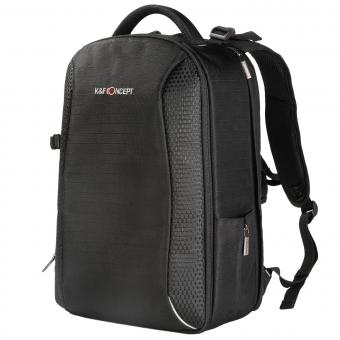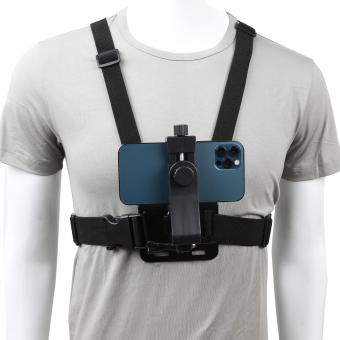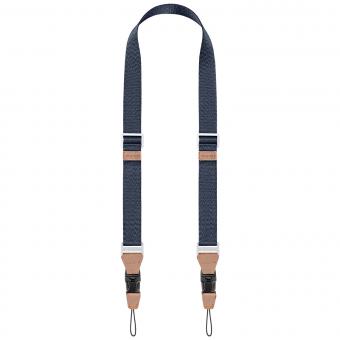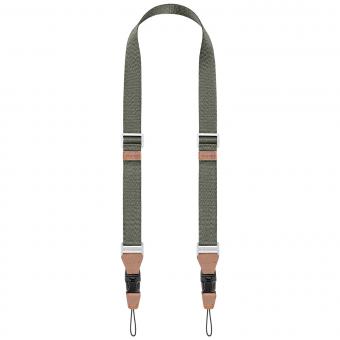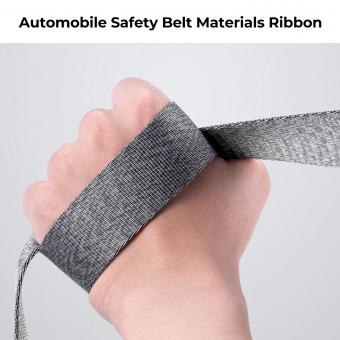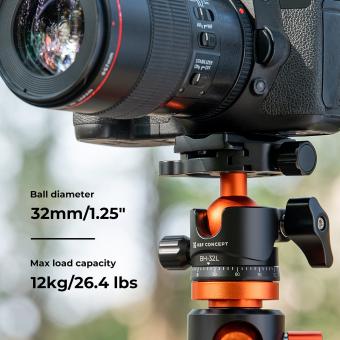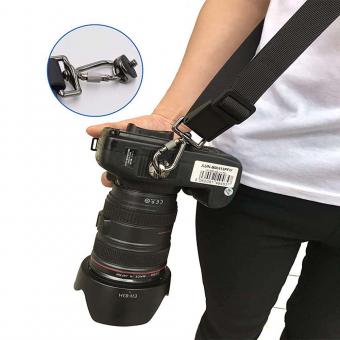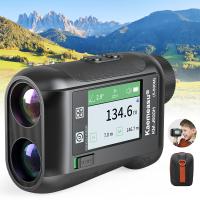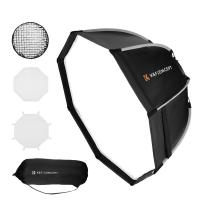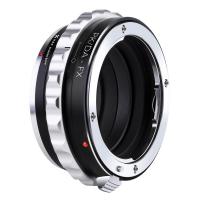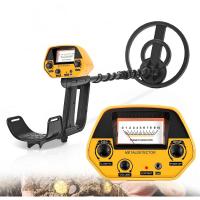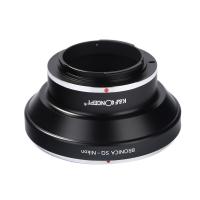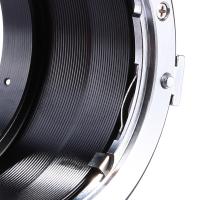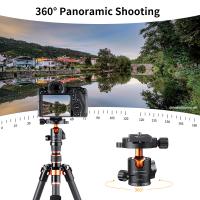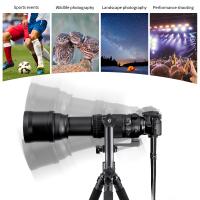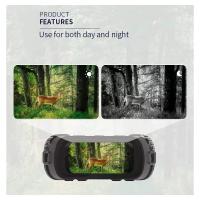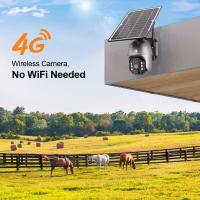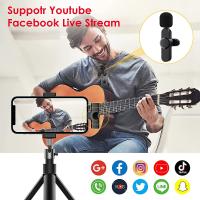How To Make A Paracord Camera Neck Strap ?
To make a paracord camera neck strap, you will need a length of paracord, a camera strap attachment, and a lighter. Start by measuring and cutting the paracord to your desired length, keeping in mind that it should be long enough to comfortably hang around your neck. Next, attach one end of the paracord to the camera strap attachment using a secure knot or by following the manufacturer's instructions. Once the attachment is in place, you can weave the paracord using a cobra knot or any other decorative knot of your choice. Continue weaving until you reach the other end of the paracord, and then secure it to the camera strap attachment. Trim any excess paracord and use a lighter to melt the ends to prevent fraying. Your paracord camera neck strap is now ready to use.
1、 Choosing the right type and length of paracord
How to make a paracord camera neck strap:
1. Choosing the right type and length of paracord: The first step in making a paracord camera neck strap is selecting the right type of paracord. There are various types available, but it is recommended to use 550 paracord, which is strong and durable. Additionally, consider the color and design of the paracord to match your personal style.
When it comes to the length of the paracord, it depends on your preference and the size of your camera. Measure the desired length by wrapping the paracord around your neck and adjusting it to a comfortable position. Remember to leave some extra length for knots and adjustments.
It is important to note that paracord camera neck straps have gained popularity due to their versatility and functionality. Paracord is known for its strength and ability to withstand heavy loads, making it an ideal material for a camera strap. Moreover, paracord is lightweight and easy to carry, making it a convenient choice for photographers on the go.
In recent years, there has been an increase in the popularity of paracord camera neck straps among outdoor enthusiasts and photographers. The DIY aspect of making your own strap allows for customization and personalization, adding a unique touch to your camera gear.
Overall, making a paracord camera neck strap is a fun and practical project that allows you to create a durable and stylish strap for your camera. With the right type and length of paracord, you can enjoy the benefits of a reliable and comfortable camera strap while showcasing your creativity.
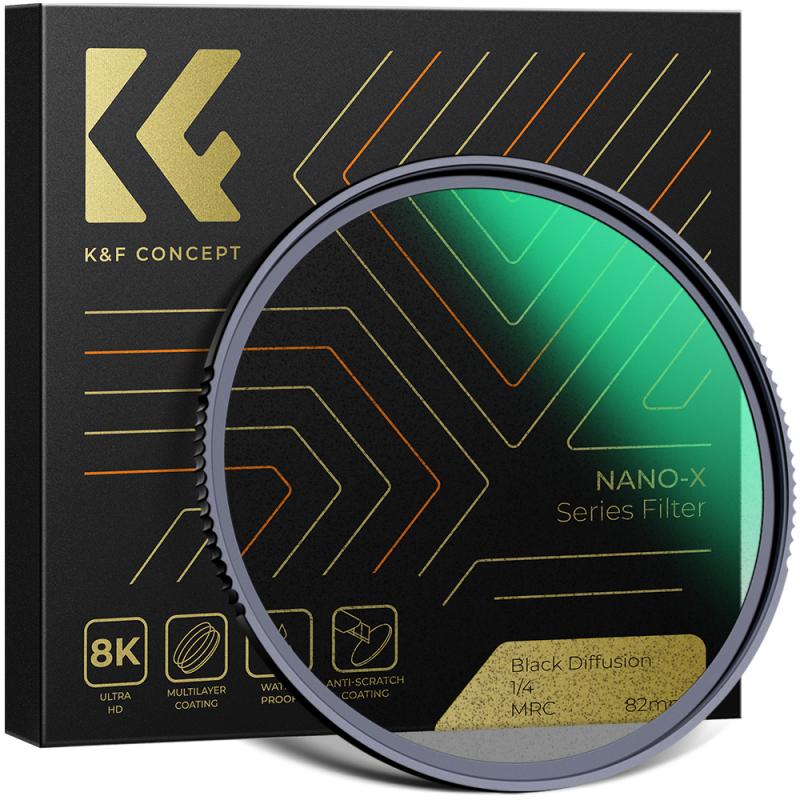
2、 Measuring and cutting the paracord to the desired length
To make a paracord camera neck strap, you will need a few materials and follow a simple process. Here's a step-by-step guide:
1. Measuring and cutting the paracord to the desired length: Start by determining the length you want for your camera neck strap. Measure from one end of the strap to the other, keeping in mind the desired length when the camera is hanging around your neck. Once you have the measurement, cut the paracord accordingly.
2. Preparing the paracord: After cutting the paracord, you may want to singe the ends slightly to prevent fraying. You can do this by using a lighter and carefully running the flame along the cut ends. Be cautious not to burn the paracord or yourself.
3. Creating the strap: Take the two ends of the paracord and join them together. You can do this by tying a knot or using a paracord buckle for added security and adjustability. If using a buckle, thread the ends through the buckle and then back through the other side, creating a loop. Pull the ends tight to secure the buckle in place.
4. Finishing touches: Once the strap is secured, you can add additional decorative knots or braids if desired. This can enhance the look of the strap and provide extra grip and comfort.
It's important to note that paracord camera neck straps are not only functional but also stylish and durable. Paracord is known for its strength and versatility, making it an excellent choice for a camera strap. Additionally, paracord comes in various colors and patterns, allowing you to personalize your strap to match your style or camera.
Remember to test the strength and security of your paracord camera neck strap before using it with your camera. Ensure that the knots or buckles are secure and that the strap can comfortably support the weight of your camera.
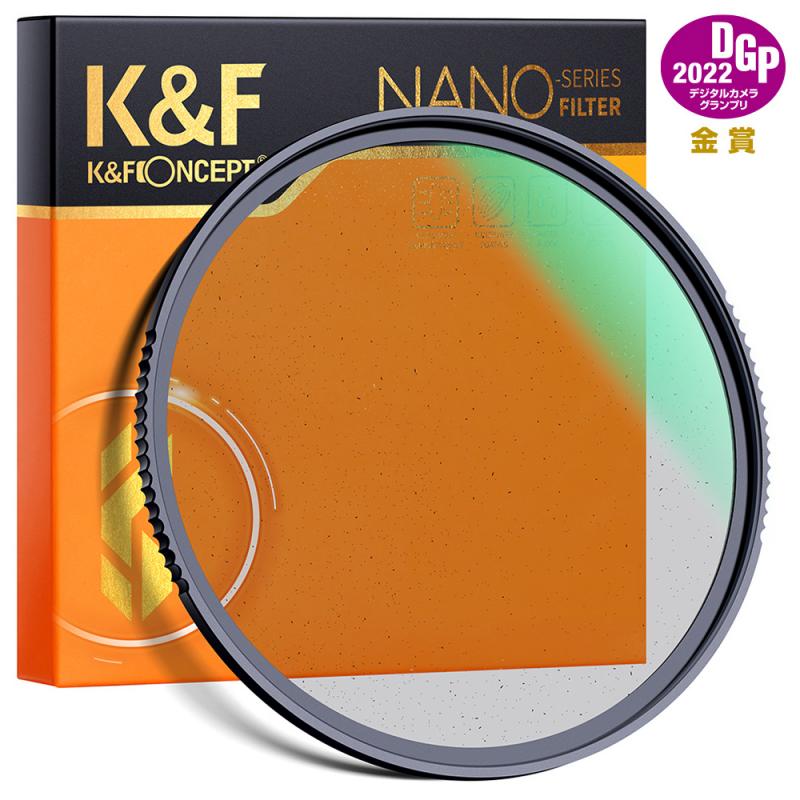
3、 Creating a cobra knot weave for the strap
To make a paracord camera neck strap, you will need a few materials and follow a specific weaving technique. One popular method is creating a cobra knot weave for the strap. This technique not only provides strength and durability but also adds a stylish look to your camera strap.
To begin, gather the following materials: a length of paracord (typically around 10-12 feet), a camera strap lug attachment, a lighter, and a pair of scissors.
Start by folding the paracord in half and attaching the camera strap lug to the folded end. This will serve as the attachment point for your camera. Next, take the loose ends of the paracord and pass them through the loop created by the folded end. Pull the loose ends through until you have a secure knot.
Now, you can start creating the cobra knot weave. Take one of the loose ends and pass it over the folded end, then under the other loose end. Pull it through the loop created and tighten the knot. Repeat this process with the other loose end, passing it over the folded end and under the first loose end. Pull it through the loop and tighten.
Continue this weaving pattern, alternating between the left and right sides, until you reach the desired length for your camera strap. Make sure to keep the knots tight and evenly spaced for a neat appearance.
Once you have reached the desired length, trim any excess paracord and use a lighter to carefully melt the cut ends to prevent fraying.
Creating a cobra knot weave for your paracord camera neck strap is a great way to combine functionality and style. The paracord material provides strength and durability, while the weaving technique adds a unique and personalized touch to your camera strap.

4、 Adding a sliding knot for adjustable length
To make a paracord camera neck strap, you will need a few materials and some basic knotting skills. Here's a step-by-step guide to help you create your own paracord camera strap:
1. Gather the materials: You will need a length of paracord, a camera strap lug or keyring, a lighter, and scissors.
2. Measure and cut the paracord: Determine the desired length of your camera strap and cut the paracord accordingly. Keep in mind that the final length will be slightly shorter due to the knots.
3. Attach the camera strap lug or keyring: Thread one end of the paracord through the lug or keyring and fold it over itself. Create a loop and pull the loose ends through the loop, securing the lug or keyring in place.
4. Start knotting: Take the loose ends of the paracord and tie an overhand knot near the lug or keyring. This will prevent the strap from unraveling.
5. Create a cobra knot: Begin by separating the two strands of paracord. Take the left strand and cross it over the right strand, forming a loop. Pass the right strand over the left strand and through the loop. Pull both ends to tighten the knot. Repeat this process, alternating sides, until you reach the desired length.
Adding a sliding knot for adjustable length:
6. To make the strap adjustable, you can add a sliding knot. Measure a few inches from the end of the strap and tie an overhand knot. Pass the loose end through the loop created by the overhand knot, creating a sliding knot. Adjust the length by sliding the knot up or down the strap.
7. Trim the excess: Once you are satisfied with the length and adjustability of the strap, trim any excess paracord. Use a lighter to melt the cut ends slightly, preventing fraying.
Remember, paracord camera straps are not only functional but also stylish. You can experiment with different colors and patterns to personalize your strap. Additionally, always ensure that the knots are secure and the strap is strong enough to support your camera's weight.
In recent years, paracord camera straps have gained popularity due to their durability and versatility. They are not only practical but also add a touch of ruggedness to your photography gear.
